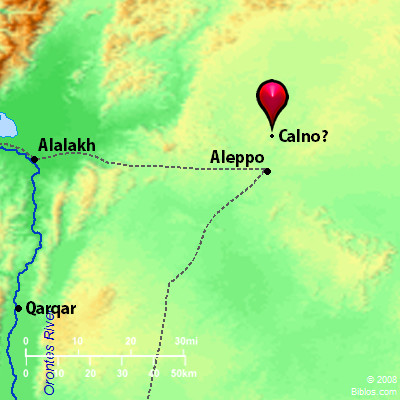Encyclopedia TEL-ABIBtel-a'-bib (tel 'abhibh; Vulgate (Jerome's Latin Bible, 390-405 A.D.) ad acervum novarum frugum):
1. The Name and Its Meaining:
As written in Hebrew, Tel-abib means "hill of barley-ears" and is mentioned in Ezekiel 3:15 as the place to which the prophet went, and where he found Jewish captives "that dwelt by the river Chebar." That Tel-abib is written, as Fried. Delitzsch suggests, for Til Ababi, "Mound of the Flood" (which may have been a not uncommon village-name in Babylonia) is uncertain. Moreover, if the captives themselves were the authors of the name, it is more likely to have been in the Hebrew language. Septuagint, which has meteoros, "passing on high," referring to the manner in which the prophet reached Tel-abib, must have had a different Hebrew reading.
2. The Position of the Settlement:
If the Chebar be the nar Kabari, as suggested by Hilprecht, Tel-abib must have been situated somewhere in the neighborhood of Niffer, the city identified with the Calneh of Genesis 10:10. The tablet mentioning the river Kabaru refers to grain (barley?) seemingly sent by boat from Niffer in Nisan of the 21st year of Artaxerxes I. Being a navigable waterway, this was probably a good trading-center.
LITERATURE.
See Hilprecht and Clay, Business Documents of Murasha Sons ("Pennsylvania Exp.," Vol IX, 28); Clay, Light on the Old Testament from Babel, 405.
T. G. Pinches Strong's Hebrew H8512: Tel Abib"hill of grain," a place in Babylon |
    |




